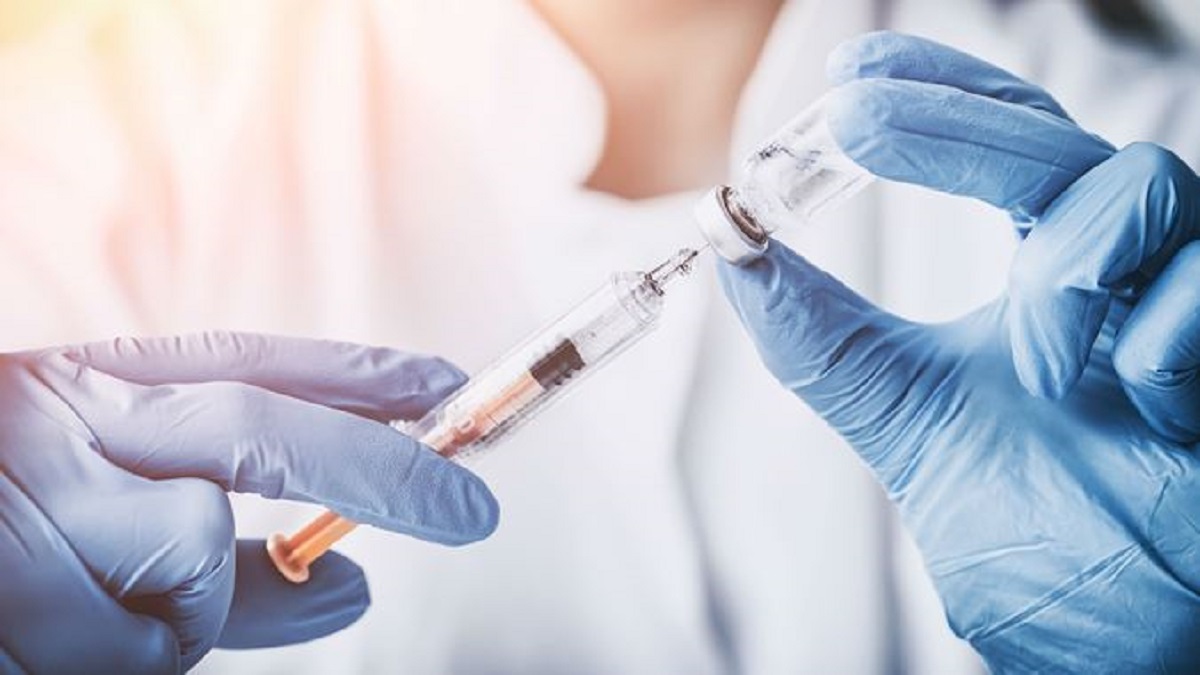
‘Tolerable safety outcomes'. Lancet publishes Covaxin Phase 1 trial data
Covixin, India’s first indigenous Covid vaccine candidate, developed by Bharat Biotech, led to “tolerable safety outcomes" and “enhanced immune responses” in Phase 1 trial, medical journal The Lancet said in its latest edition on Thursday.

Covaxin, India’s first indigenous Covid vaccine candidate, developed by Bharat Biotech, led to “tolerable safety outcomes” and “enhanced immune responses” in Phase 1 trial, medical journal The Lancet said in its latest edition on Thursday.
The authors did a double-blind, multicentre, randomised, controlled Phase 1 trial to assess the safety and immunogenicity of BBV152 at 11 hospitals across India last year. Adults aged 18–55 years who were deemed healthy by the investigator were eligible.
With Phase 1 trial over, the vaccine has been selected for Phase 2 immunogenicity trial.
In India even though Covaxin is currently undergoing Phase 3 trials, the government has already approved it for emergency use.
Experts have raised doubts over the restricted emergency approval granted to Bharat Biotech’s vaccine by the Drugs Controller General of India in the absence of Phase 3 trial data.
Frontline workers and healthcare specialists are especially worried about Covaxin and want to have a say in which vaccine they are administered. At least five workers have so far died after receiving their first jabs.
World Health Organization on Vaccine Testing and Development
Every vaccine must go through extensive and rigorous testing to ensure it is safe before it can be introduced in a country.
An experimental vaccine is first tested in animals to evaluate its safety and potential to prevent disease. It is then tested in human clinical trials, in three phases:
- In phase I, the vaccine is given to a small number of volunteers to assess its safety, confirm it generates an immune response, and determine the right dosage.
- In phase II, the vaccine is usually given hundreds of volunteers, who are closely monitored for any side effects, to further assess its ability to generate an immune response. In this phase, data are also collected whenever possible on disease outcomes, but usually not in large enough numbers to have a clear picture of the effect of the vaccine on disease. Participants in this phase have the same characteristics (such as age and sex) as the people for whom the vaccine is intended. In this phase, some volunteers receive the vaccine and others do not, which allows comparisons to be made and conclusions drawn about the vaccine.
- In phase III, the vaccine is given to thousands of volunteers – some of whom receive the investigational vaccine, and some of whom do not, just like in phase II trials. Data from both groups is carefully compared to see if the vaccine is safe and effective against the disease it is designed to protect against.
Once the results of clinical trials are available, a series of steps is required, including reviews of efficacy, safety, and manufacturing for regulatory and public health policy approvals, before a vaccine may be introduced into a national immunisation programme.
Following the introduction of a vaccine, close monitoring continues to detect any unexpected adverse side effects and further assess effectiveness in the routine use setting among even larger numbers of people to continue assessing how best to use the vaccine for the greatest protective impact.

